Under the National Mission for Green Hydrogen (NGHM), the Solar Energy Corporation of India (SECI) has conducted its first-ever auctions for the procurement of green ammonia. These auctions are part of Mode 2 of the “Green Hydrogen and Ammonia Production” component of the SIGHT scheme. In Mode 2, the tender implementing agency also serves as a demand aggregator and conducts final bidding for the actual delivery price of green hydrogen or ammonia to end consumers. SECI has already completed auctions for Mode 1, where bidders were responsible for identifying the end off-taker.
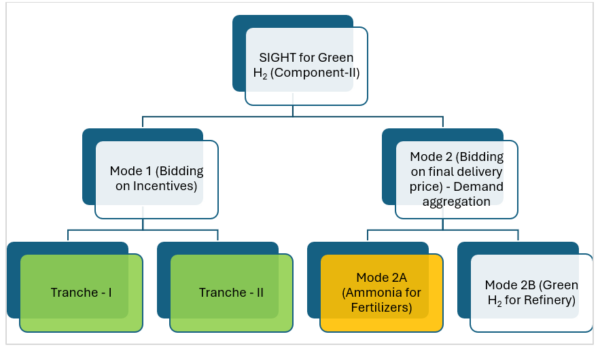
Source: MNRE, JMK Research
Out of 13 auctions planned under Mode 2A Tranche-I for a total capacity of 724,000 MT per annum, eleven have been concluded, amounting to 705,000 MT per annum. Acme Cleantech Solutions has achieved the highest cumulative capacity, winning 370,000 MT per annum across four different auctions. Recently, Acme secured the auction to supply 100,000 MT per annum of green ammonia to the Indian Farmers Fertilizer Cooperative Limited (IFFCO) plant in Paradeep, Odisha, setting a record with the lowest tariff of Rs 49.75 per kg. Other winners under the Mode 2A auctions include new entrants in the green hydrogen/ammonia sector, such as Onix Renewables (specializing in renewable energy engineering, procurement, and construction) and SCC Infrastructure (focused on infrastructure development).
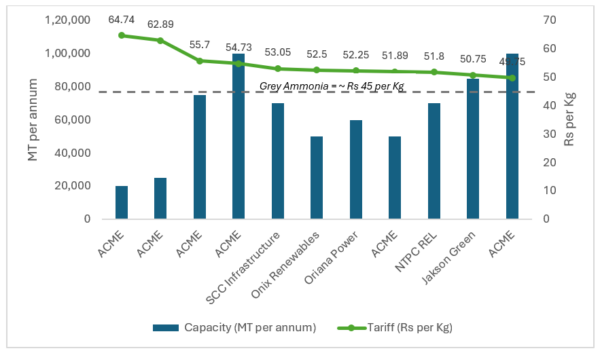
Source: MNRE, JMK Research
The lowest price discovered so far in the SIGHT Mode 2A auctions is just 10.1% higher than the current grey ammonia prices in India (US$515 per MT). Notably, the low cost of Rs 49.75 per kg in the Mode 2A auctions is almost half of a similar green ammonia auction conducted by H2Global in 2024, suggesting an imminent price parity between grey and green ammonia.
Market stakeholders believe that the green ammonia produced under this scheme could meet nearly 31% of India’s annual import requirements, which currently stand at 2.3 million metric tons per annum (MMTPA), leading to significant yearly foreign exchange savings. Additionally, fertilizer manufacturers participating in the scheme plan to blend 15-58% green ammonia into their annual ammonia consumption.
Given that hydrogen is a crucial raw material for ammonia manufacturing, the production of green ammonia will indirectly increase green hydrogen capacity in India. Producing 1 metric ton of green ammonia requires 178 kg of green hydrogen, which translates to an addition of 128,872 MT per annum of green hydrogen capacity in India through SIGHT Mode 2A.
As a large portion of the Indian population is still directly engaged in agriculture, decarbonizing fertilizer production is essential for India’s long-term sustainability goals. The ongoing success of the first tranche is expected to encourage SECI to develop further tranches of SIGHT Mode 2A with enhanced production capacities. With green ammonia prices nearing parity with grey ammonia, a significant transformation in the ammonia supply chain is anticipated, furthering the net-zero objectives of fertilizer producers through green ammonia procurement.
The views and opinions expressed in this article are the author’s own, and do not necessarily reflect those held by pv magazine.
This content is protected by copyright and may not be reused. If you want to cooperate with us and would like to reuse some of our content, please contact: editors@pv-magazine.com.

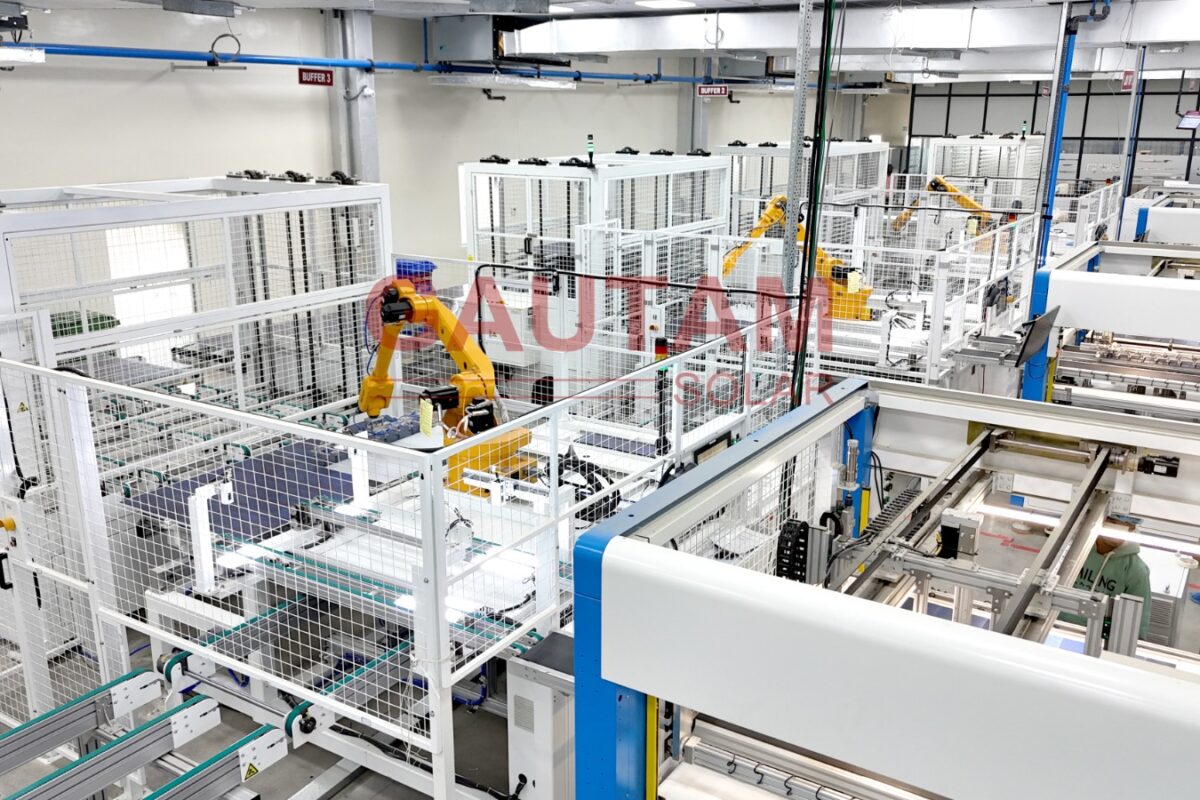


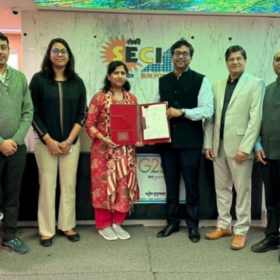


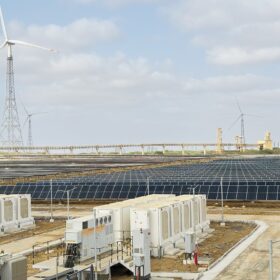
By submitting this form you agree to pv magazine using your data for the purposes of publishing your comment.
Your personal data will only be disclosed or otherwise transmitted to third parties for the purposes of spam filtering or if this is necessary for technical maintenance of the website. Any other transfer to third parties will not take place unless this is justified on the basis of applicable data protection regulations or if pv magazine is legally obliged to do so.
You may revoke this consent at any time with effect for the future, in which case your personal data will be deleted immediately. Otherwise, your data will be deleted if pv magazine has processed your request or the purpose of data storage is fulfilled.
Further information on data privacy can be found in our Data Protection Policy.